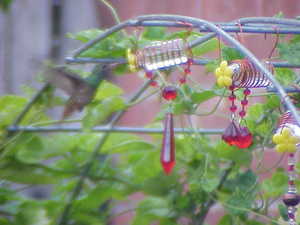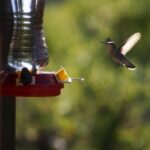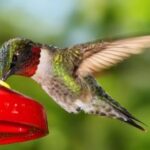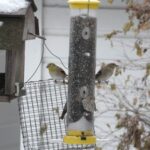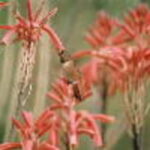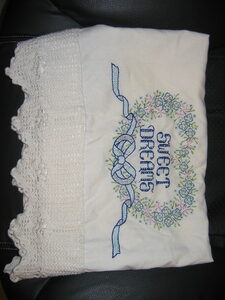Making hummingbird feeders from recycled bottles is quick, easy, and inexpensive. Not only will you save money, with a little effort you will soon turn your yard into a virtual hummingbird oasis that will be the envy of your neighbors.
Before you begin, you will need to gather a few materials. Round up all your broken hummingbird feeders and remove any replacement parts that are still in good shape. The little flower ports for feeding can be reused.
You will need copper wire. Although any wire will work, copper wire lends a unique feel to your creation. Red beads, buttons, or ribbons will come in handy. Even old broken sun catcher materials will add class and sparkle to your creation when wrapped with copper wire and attached to your feeder.
Test Tube Hummingbird Feeders:
These tiny feeders are made from ordinary test tubes that can be purchased for as little as 30 cents each at Online Science Mall. Make sure to specify red caps when you place your order.
To make this feeder, simply heat a small nail and create a hole in the center of the cap. This hole needs to be big enough for the hummingbird’s beak to fit through comfortably. Although drilling a hole works fine, melting creates a slight lip inside the cap that curtails dripping.
Attach wire by wrapping tightly near the end of the test tube and leaving several inches as a hanger. Secure the other end near the cap. You may wish to wrap the tube with some bright red ribbon, beads, or any decorative red items that will attract the attention of hummingbirds. Hang the feeder from a tree branch or shady area on your deck. (See photos for ideas)
Insulin Bottle Feeders:
Insulin bottles make an appealing feeder. When wrapped with copper wire and decorated with small beads, they are simply stunning.
Soak the insulin bottles in hot soapy water to remove all traces of insulin. Use a small brush to clean the insides thoroughly.
Insert the yellow plastic flowers into the open end of the insulin bottle. These fit snugly in most insulin bottles, but be sure to check for proper fit before collecting bottles.
If the flower does not fit snugly, you can use hot glue to secure them. Bear in mind that if you glue these in place, you will need to refill your bottles through the small hole in the center of the flower port. One hummingbird enthusiast uses a clean (new) syringe that comes with ink cartridge refills to fill the bottle with nectar right through the feeding hole.
The yellow flower replacement parts can be purchased for under $3.00 for a set of 9 at Perky Pet. There are a variety of other replacement parts and flowers that you may wish to try. The red flowers are a bit more expensive, but are attractive and may better fit your needs.
Glade Oil Bottles:
The bottle from glade oil air fresheners is another container that works well for a miniature feeder. Simply soak in hot soapy water to remove all residue from the oils. Be sure to scrub thoroughly. A second bath of baking soda and water will cut any oil residue. Be sure to rinse away all traces of baking soda. The caps from the test tubes will fit these bottles.
Decorative Bottles:
You can use any glass or plastic bottle as a hummingbird feeder. Look for new and interesting containers with openings that will fit your hummingbird feeder parts. You can often find bottles at yard sales that you can purchase for pennies.
Don’t forget that hummingbirds will drink from any feeder whether or not the opening has been fitted with a feeder part. Hanging small open-mouthed bottles that have been filled with nectar will attract hummingbirds to your yard.
Open containers tend to attract ants and other pests, but as long as you are consistent with cleaning and refilling the containers they will provide a tasty treat for your hummingbirds.
Red glass is a wonderful way to attract hummingbirds and create a stunning feeder, but you don’t need to stop with red. Once hummingbirds have discovered your feeders, they really don’t care what color the feeder is.
Collect a variety of colored bottles to create an eye-catching array of color in your garden.
Miniature feeders do require constant monitoring, as they need to be refilled often, but the extra effort is well worth it. The savings you will experience is even better.
These do-it-yourself feeders are guaranteed to bring you hours of enjoyment. Nothing quite matches the breath taking beauty of hummingbirds as they hover mid-air to sip nectar from these colorful homemade feeders.
Sources: A special thank-you to Cat Traylor (aka Texas Puddy Print) from the Garden Forum for sharing her techniques for creating feeders and for her lovely photos of hummingbirds as they feed from her creations.
